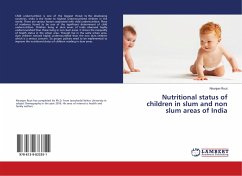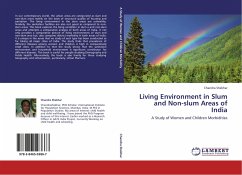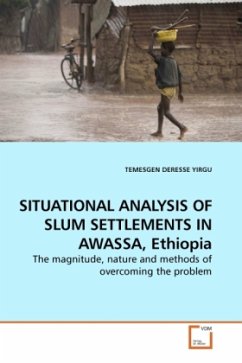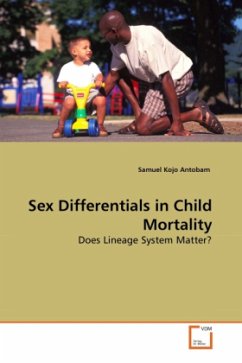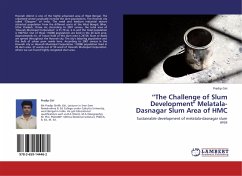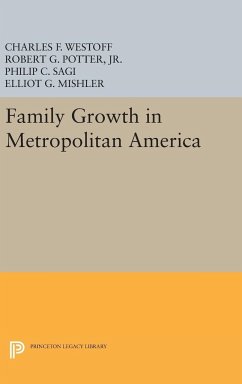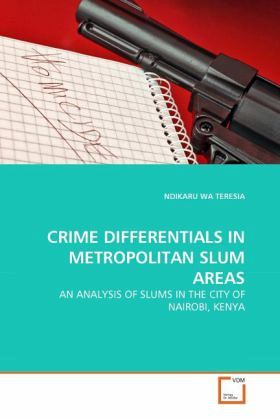
CRIME DIFFERENTIALS IN METROPOLITAN SLUM AREAS
AN ANALYSIS OF SLUMS IN THE CITY OF NAIROBI, KENYA
Versandkostenfrei!
Versandfertig in 6-10 Tagen
39,99 €
inkl. MwSt.

PAYBACK Punkte
20 °P sammeln!
This book provides explanations of crime differential in metropolitan slum areas with a view of suggesting crime prevention strategies. The author did in-depth investigation into the problem of crime in Nairobi, Kenya's capital city. The book has explored the types and the causes of crime between the four major slums in Nairobi (Kibera, Mathare, Korogocho and Mukuru) and compared victimization within different demographic characteristics of Nairobi slums residents. Furthermore, the assessment of awareness, attitude and perceptions of safety as experienced by residents is explained. The author ...
This book provides explanations of crime differential in metropolitan slum areas with a view of suggesting crime prevention strategies. The author did in-depth investigation into the problem of crime in Nairobi, Kenya's capital city. The book has explored the types and the causes of crime between the four major slums in Nairobi (Kibera, Mathare, Korogocho and Mukuru) and compared victimization within different demographic characteristics of Nairobi slums residents. Furthermore, the assessment of awareness, attitude and perceptions of safety as experienced by residents is explained. The author investigates crime mitigation strategies currently employed in the slum areas of Nairobi. The book confirms that even if structurally, the four major slums surveyed are social-demographically homogeneous, the crime related in the slums are inter-slums' heterogeneous. Dr. Ndikaru observes that an effective strategy in one slum might not necessarily work in another slum. The slums have similarsocio-demographic characteristic but vary in levels and intensity of crime. The book is highly recommended for scholars, students and researchers in criminology in Kenya and elsewhere.



